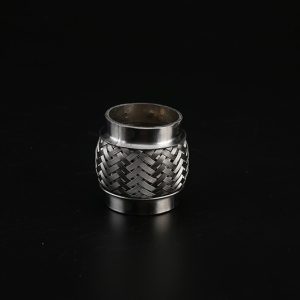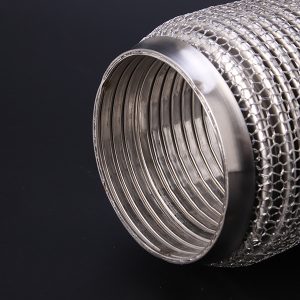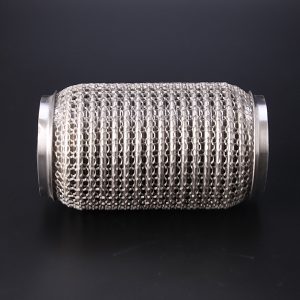


The exhaust system is an important part of any vehicle, responsible for removing exhaust gases from the engine and reducing harmful emissions. The exhaust system manufacturing process involves the use of several components, including exhaust manifolds, catalytic converters, mufflers and exhaust hoses.
Exhaust hose, also known as flexible joint or flexible exhaust pipe, is a key component in the manufacture of exhaust systems. It’s the small tube made of stainless steel or other heat-resistant material that connects the exhaust manifold to the rest of the exhaust system. Hoses allow movement between the engine and exhaust system, reducing pressure and preventing damage to other components.
One of the main benefits of using an exhaust hose is that it helps reduce vibration and noise that may be caused by engine movement. The flexible tubes are designed to absorb and dampen these vibrations for a smoother, quieter ride.
Another advantage of using an exhaust hose is that it can help extend the life of other components in your exhaust system. By reducing stress and preventing damage, flexible tubing can help prevent costly repairs and replacement of other components.
When choosing an exhaust flex pipe, it is essential to consider the type of vehicle and the exhaust system’s design. The flex pipe’s size and material should be selected based on the engine’s size, horsepower, and exhaust system’s configuration.
From my point of view, the exhaust flex pipe is a crucial component in exhaust system fabrication, providing several benefits, including reducing vibrations and noise, preventing damage to other components, and extending the life of the exhaust system. When selecting an exhaust flex pipe, it is essential to choose the right size and material for the vehicle and exhaust system’s design.

